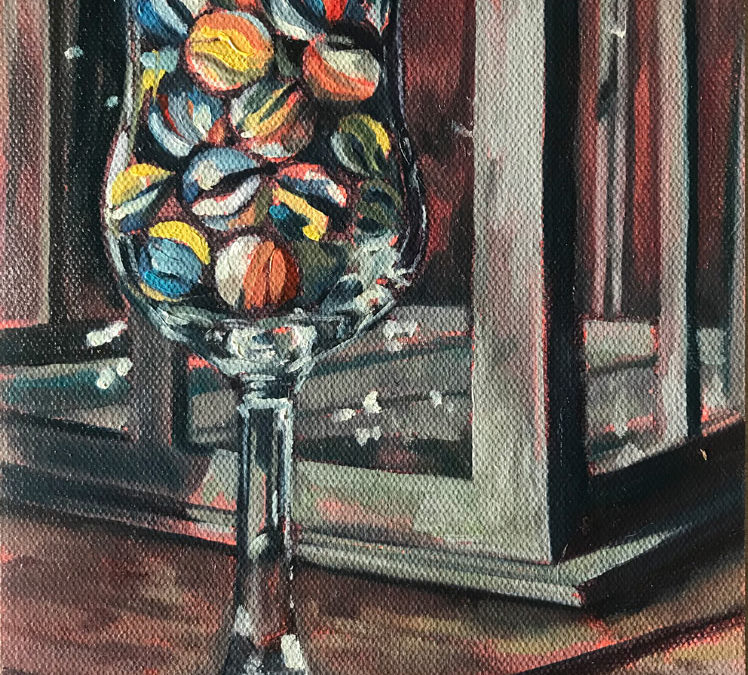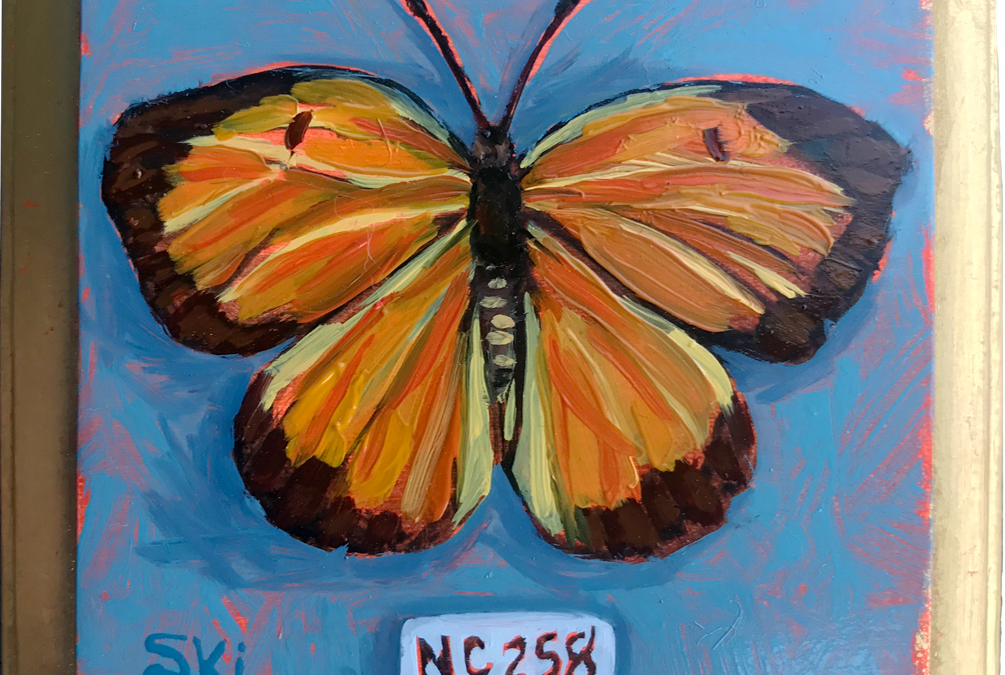
by sarah | Sep 20, 2017 |
Favorite 0 Specimen NC 258 | Sleepy Orange Butterfly [abaeis nicippe] Upperside of wings orange in both sexes; orange-yellow form is rare. Forewing with small black cell spot. Male has sharply defined black borders on outer and costal margins. In winter form,...
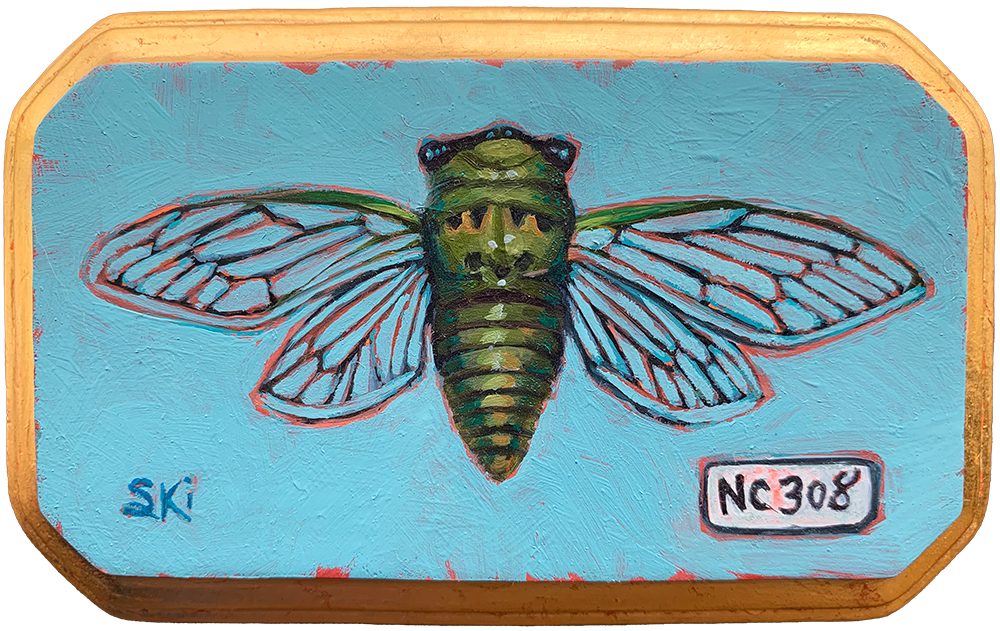
by sarah | Sep 20, 2017 |
Favorite 0 Specimen NC 308 | Cicada [neotibicen superbus] Neotibicen species have loud, complex songs, even (in many cases) distinct song phrases. Males produce loud calls in the afternoon or evening to attract females. These sounds, distinctive for each species, are...
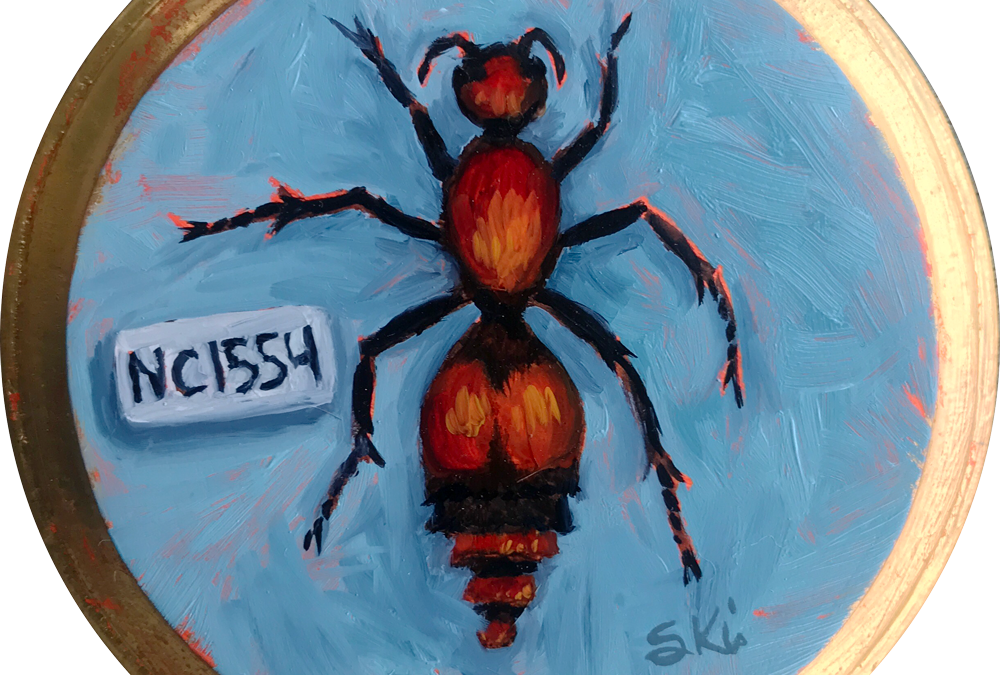
by sarah | Sep 20, 2017 |
Favorite 0 Specimen 1554 | Red Velvet Ant [dasymutilla occidentalis] Although the winged males are harmless, the wingless females can inflict a severe sting-—one to be avoided. The sting, though extremely painful, is rarely dangerous. Velvet ants may also produce a...
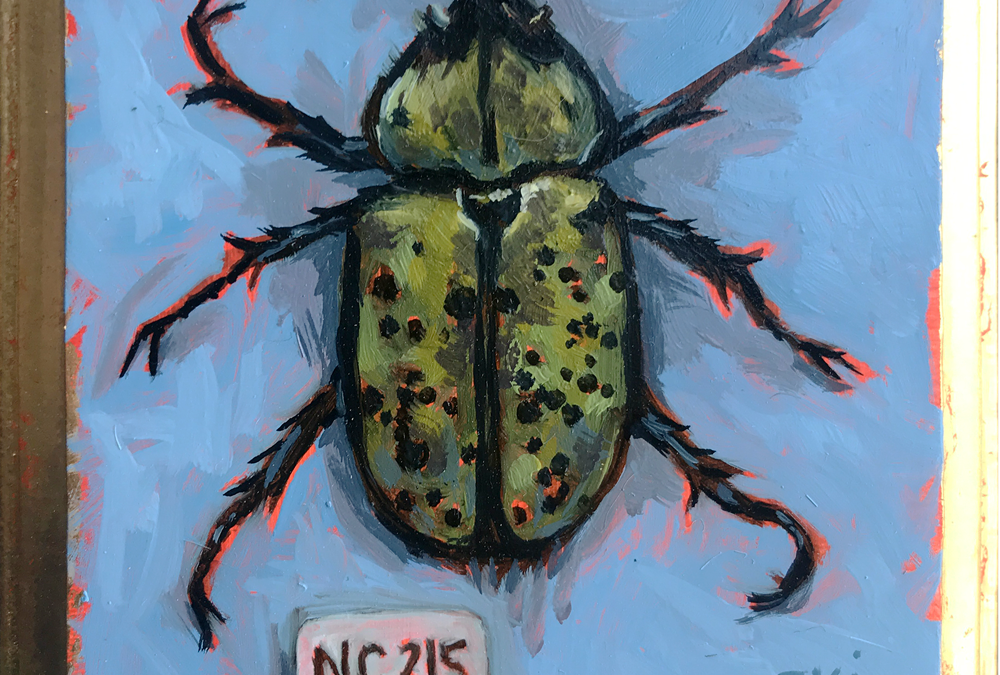
by sarah | Sep 20, 2017 |
Favorite 0 Specimen NC 215 | Hercules Beetle [dynastes hercules] Male Hercules beetle typically use their large horns to settle mating disputes; these fights can cause significant physical damage to the combatants. During fights, the males attempt to grab and pin...
